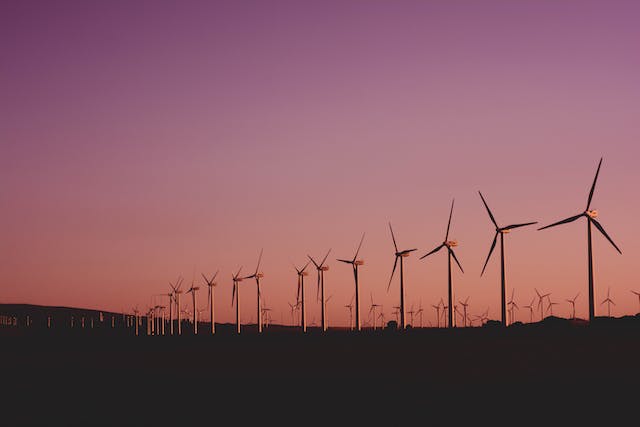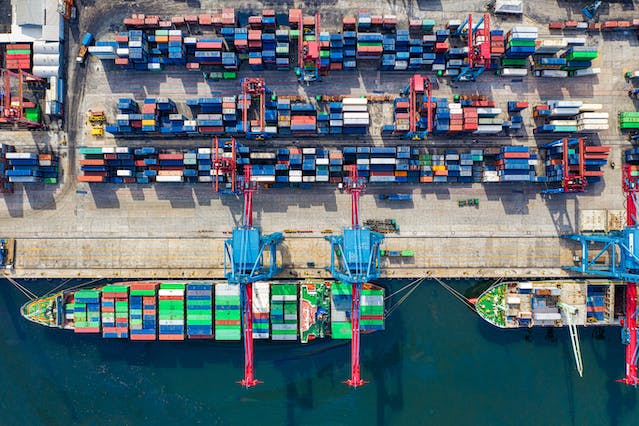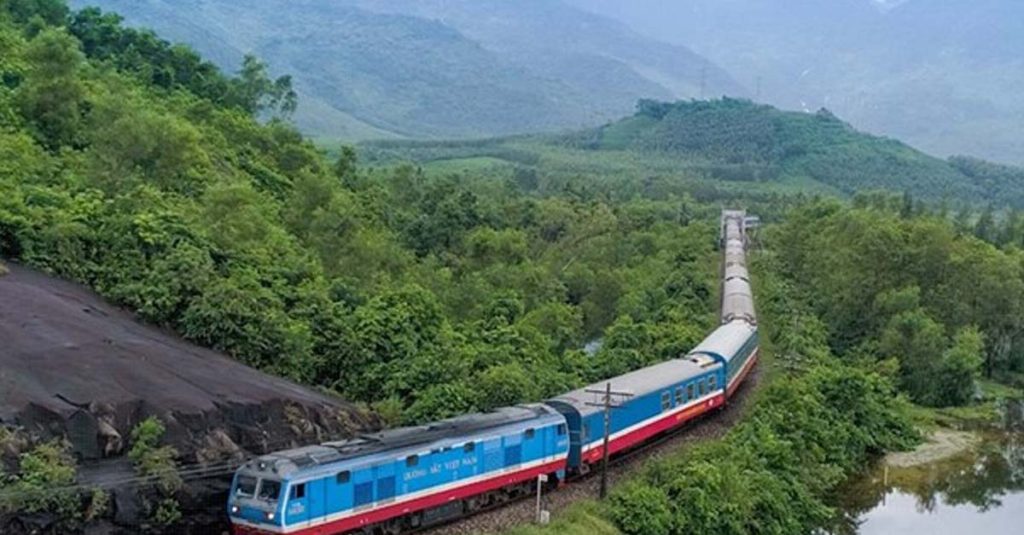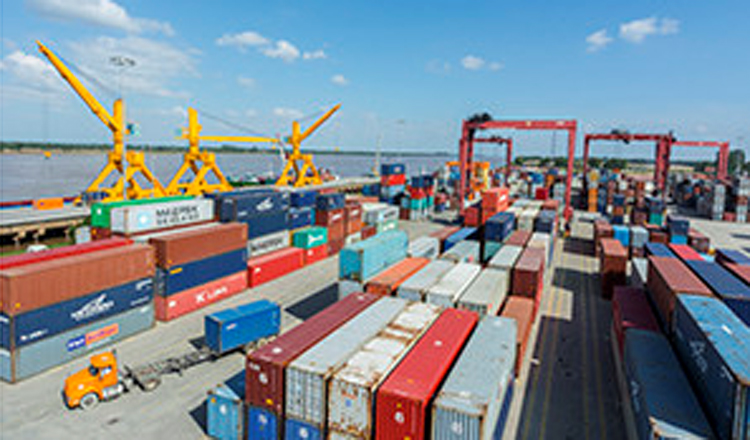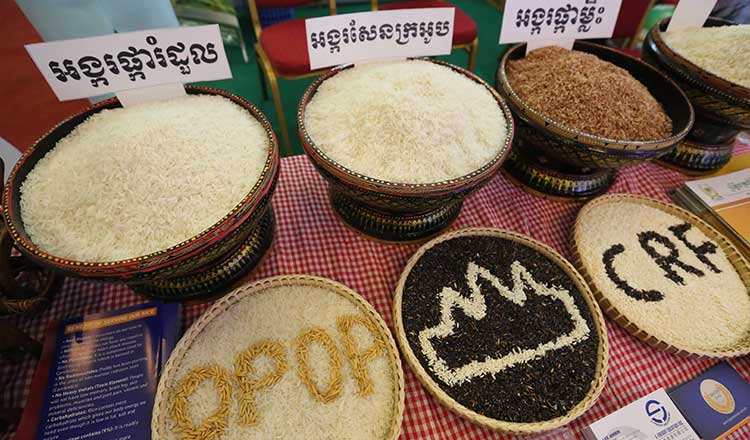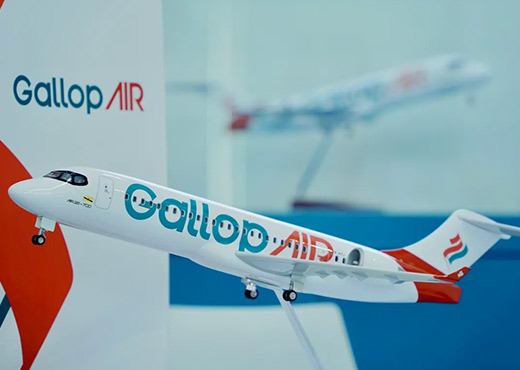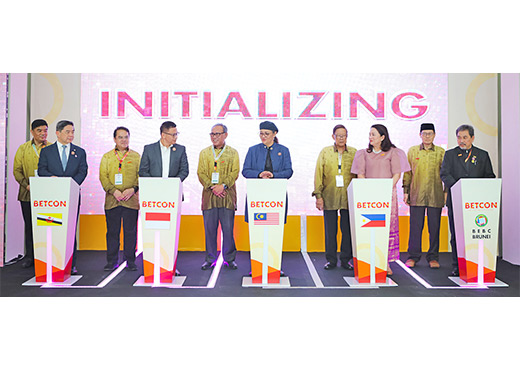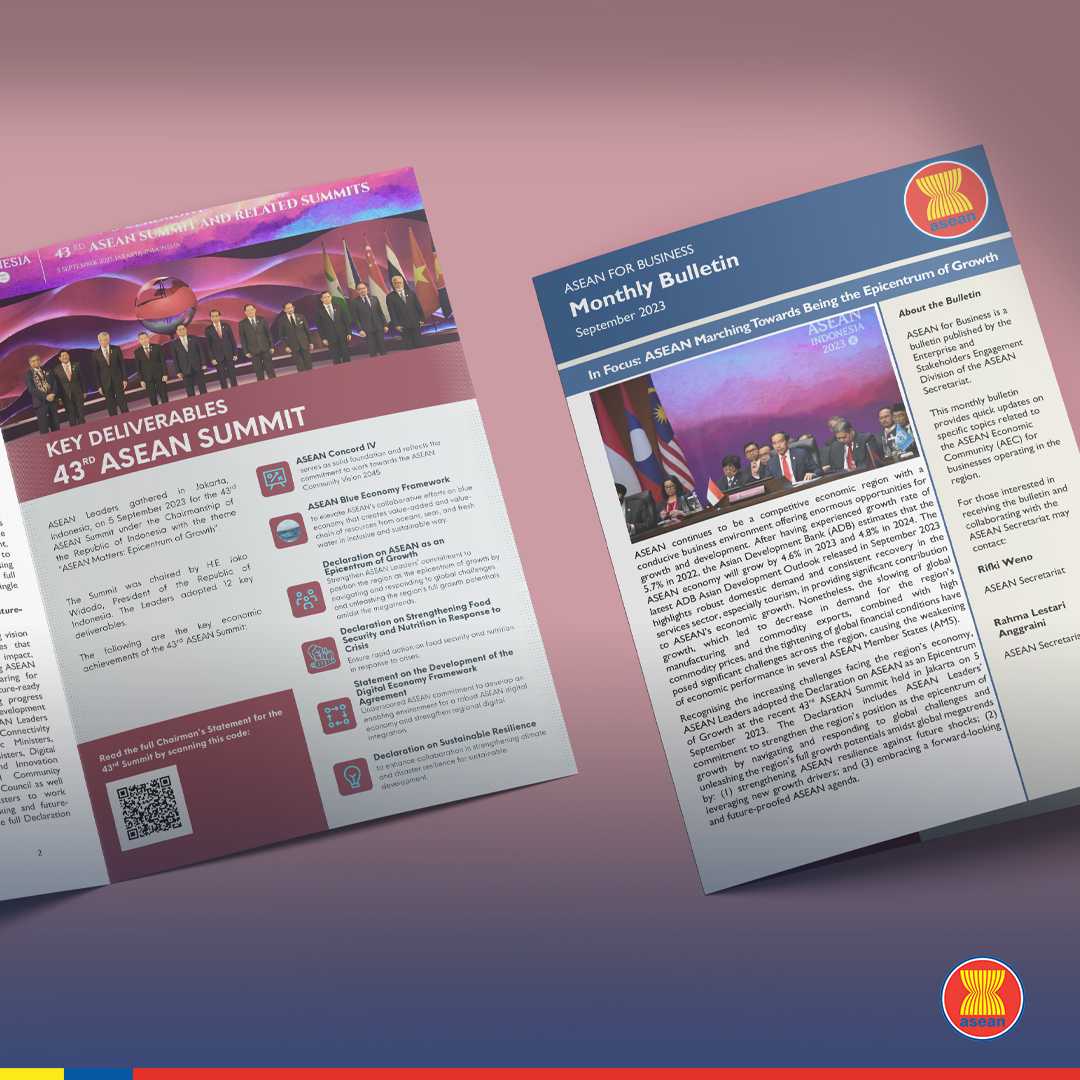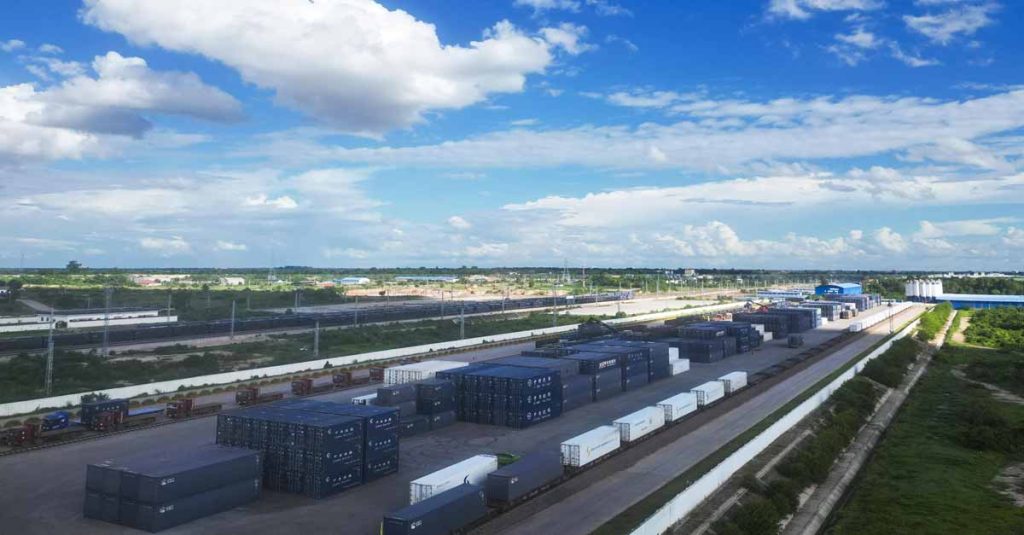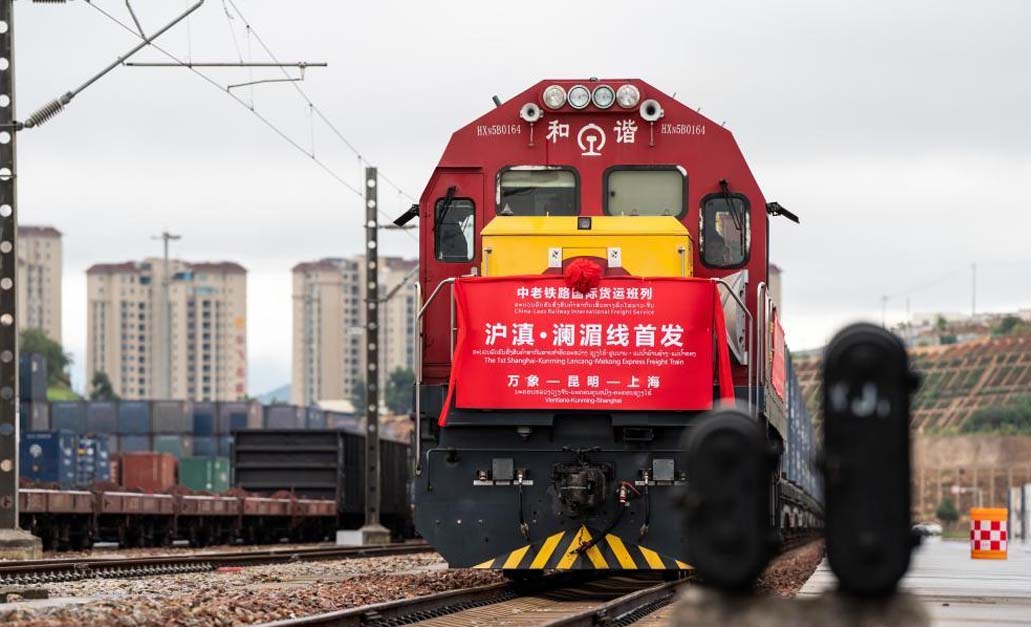MOVING to clean energy and managing water risks are among the key issues for South-east Asia that will feature at the upcoming United Nations climate summit (COP28), experts from consulting firm BCG said on Friday (Nov 10).
On the topic of the energy transition, “the region needs confidence that the rest of the world is going to decarbonise in tandem”, said Edmond Rhys Jones, BCG partner and associate director, as part of a panel that discussed COP28. The conference will kick off in Dubai on Nov 30.
“There are also huge business opportunities here; we need a huge amount of new green technology to be scaled and deployed. We need new manufacturing capacity on established technologies like solar and wind, but also new ones like hydrogen,” he said.
Receiving more clarity around the “speed and shape” of the energy transition will be a great benefit to the region, Jones added, albeit acknowledging that “finding consensus on some of the language around the energy transition” could be a challenge.
The energy transition will also need to take place in parallel with protecting prices for end customers, which is a sensitive topic, said Marko Lackovic, managing director and partner at BCG.
Another complication is that South-east Asia has many coal-based power plants which are relatively new or still in the pipeline to be built. The phase-down of such assets will be a pertinent question for the next two or three decades.
That said, South-east Asia can also play a key role in the energy transition. Indonesia, for instance, sits in the value chain for battery technology with its vast nickel reserves. The country is also a potential market for two-wheeler electric vehicles, said BCG managing director and partner Marc Schmidt.
Water resilience
Water is another big topic that BCG is watching. Water adaptation and resilience featured strongly at last year’s COP27, said Dean Muruven, associate director at BCG. Separately, the UN held a global conference on water this year, the first in almost 50 years.
“What we’ve seen is there’s a lot more movement, with water as a priority topic (on) the global agenda, both in the public sector and private sector. And there’s increasing recognition that we need to stop just admiring it as a risk, and shift that mindset towards resilience thinking. We genuinely believe that this is a strategic topic,” he said.
There is room to enhance tech innovation in South-east Asia to deal with water challenges, as well as by tapping nature-based solutions. Wetland restoration could be especially valuable in this region, said Muruven.
“Water needs to be a C-suite topic; it needs to be discussed in the boardrooms at a strategic level. This is not anything new for C-suite. If you go back to the World Economic Forum risk reports for the last 10 years, water is always in the top five, but we’ve never seen real, meaningful action,” he said.
Strong voice
It is important for South-east Asia to feature prominently in the COP process, said Varad Pande, partner and director at BCG. The region is not only rich in biodiversity, but also vulnerable to climate shocks.
He expects to see a “strong voice of Asean” at COP28, with a lot of activity at country pavilions, and announcements of national adaptation plans and new alliances.
“I think you’ll see a lot of activity on collective power and collective action of South-east Asia, both to demonstrate our commitment as a region, but also to attract the kind of capital that we need to unlock climate action,” he said.
To be sure, there could be challenges. One of the biggest hurdles at COP28 could be on deciding who pays for the “loss and damage” fund to help poor nations facing climate disasters.
Said Jones: “I think the loss and damage conversation is really hard, because it raises such domestic political difficulties for so many parties involved. There are humans in these negotiating rooms, and there is passion in the room. I really hope that some progress can be made, but I think that’s going to be challenging.”
Source: The Business Times. Link: Here.

